In 2023, when the third CELAC-EU summit concluded in Brussels, both blocs reiterated their commitment to strengthening the bi-regional partnership and promoting “more effective and inclusive” global governance that respects international law. The meeting also ended with an agreement to meet every two years to consolidate and review progress.
(Lea este artículo en español aquí)
LEA TAMBIÉN
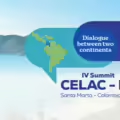
It is Sunday, with Santa Marta hosting the fourth edition of the summit. The meeting is taking place at a time of geopolitical and economic readjustment, with the expectation that the commitments made two years ago on issues such as trade, green, digital, and social transition, and the fight against organized crime will begin to take shape.
However, the enthusiasm generated by the meeting and by the possibility of ratifying the trade agreement between the EU and Mercosur—whose negotiations began more than 25 years ago—as well as by possible progress on the Global Gateway investment agenda (the European alternative to China's New Silk Road initiative), coexists with several challenges.
The current context is very different from that of two years ago, when the agenda was relaunched at the European Parliament headquarters with a more optimistic view of multilateralism. Donald Trump's return to the White House reshaped the international system: his more aggressive foreign policy, focused on his America First program, created new tensions on issues such as trade—due to his tariff policy and trade war with China—immigration, and the fight against drugs.
Added to this is the fact that the European Union itself faces a dispersion of its priorities. The war in Ukraine—a conflict with no solution in sight—the growing threat of drones at airports, energy security, and migratory pressure are taking up much of its attention, which, according to several analysts, limits its scope for action in Latin America.
António Costa, President of the European Council. Foto:Consejo Europeo
At the same time, the inclusion of President Gustavo Petro on the Clinton list adds an unexpected political and legal variable for Colombia, just as the national government seeks to project diplomatic leadership at the regional level.
According to a report in the Financial Times, this situation may have influenced the decision by European Commission President Ursula von der Leyen and German Chancellor Friedrich Merz not to attend the meeting. The newspaper claims that the decision is related to the sanctions recently imposed by the US government against the Colombian president, who will serve as pro tempore chair of the mechanism.
LEA TAMBIÉN
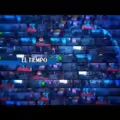
Added to this is the military deployment ordered by the Trump administration in the Caribbean and the caution of EU officials not to upset Washington “for fear of undermining a fragile trade agreement reached this summer to avoid a transatlantic tariff war”. “The impact of what is happening in the Caribbean is very complex", a European official who planned to attend the summit told the Financial Times.
The Foreign Ministry, however, rejected this interpretation and dismissed any link between the international situation and the Santa Marta meeting.
Spanish president of the Government Pedro Sánchez arrives at the CELAC-EU Summit in Colombia. Foto:@CancilleriaCol
"That's part of the speculation. There is no proven link between what is happening with the United States and this summit. I insist, what we have are scheduling issues, which are normal problems that do not call into question Colombia's current leadership in Latin America and President Petro's leadership in Europe as president of CELAC," said Mauricio Jaramillo Jassir, Deputy Foreign Minister for Multilateral Affairs and Colombia's national coordinator for CELAC.
The official version, although more cautious, is also revealing. In both cases, European spokespersons pointed out that the leaders' absence was due to scheduling conflicts and the limited participation of other heads of state and government. Adding to this list of absentees is French President Emmanuel Macron, who, despite taking a selfie with Petro on Thursday in the run-up to the COP30 environmental summit in Belém, Brazil, will also not be attending.
Mauricio Jaramillo Jassir negotiating the declaration of the CELAC-EU summit in Santa Marta. Foto:Cancillería
For analysts, these absences reflect, in part, the tensions and balances that characterize international politics today. In this regard, internationalist Sandra Borda pointed out that “all (countries) are trying to overcome and move forward with a relationship they consider important with the United States, trying to maintain a balance between making the relationship work and ensuring their autonomy is respected.”
On the Latin American side, the summit also reflects a political fragmentation that has made it difficult to build common positions. Although CELAC has attempted to consolidate itself as a unified voice for the continent, ideological differences between left-wing, centrist, and right-wing governments have reduced its effectiveness as a bloc. Gabriel Boric (Chile), Claudia Sheinbaum (Mexico), and Javier Milei (Argentina), among the most illustrious names, will not be in Santa Marta.
El presidente Gustavo Petro liderará la cumbre. Foto:Office of the President of the Republic
Hence, the fear is that the meeting will become more of a forum for declarations of intent than for substantive commitments.
In fact, an analysis published by The Economist points out that the “main value” of the Santa Marta meeting lies in its “mere celebration” and emphasizes how issues such as Venezuela or positions on Gaza and the war in Ukraine have generated disagreements that have cooled relations on the continent.
LEA TAMBIÉN
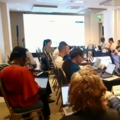
“What could emerge from Santa Marta is a plan to hold annual ministerial meetings, while the EU is likely to prioritize bilateral relations with larger countries such as Brazil and Mexico in practice,” says The Economist report.
Brazilian President Luiz Inácio Lula da Silva will be among those attending. Foto:AFP
However, the European Union Delegation in Colombia insists that the Santa Marta summit will not be merely a symbolic exercise, but rather an opportunity to consolidate projects that are already underway and have been in the works for two years.
Ambassador François Roudié emphasized that, beyond diplomatic gestures, the bi-regional relationship translates into concrete actions: electrical interconnections to promote renewable energy, cooperation in artificial intelligence and supercomputing, development of sustainable urban transport, sanitation programs, and the fight against crime.
LEA TAMBIÉN
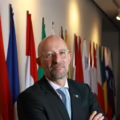
In the diplomat's words, the summit will serve as a “political boost” to an agenda that is being built day by day and that aims for a green, digital, and social transition shared between two regions that, despite global tensions, remain committed to multilateralism and cooperation.
So far, a total of 12 heads of state, six vice presidents, and 23 foreign ministers have confirmed their participation in the event. Among the high-level guests are the President of the European Council, António Costa; the President of Brazil, Luiz Inácio Lula da Silva; the Prime Minister of Barbados, Mia Amor Mottley; Prime Minister of Portugal Luís Montenegro; Prime Minister of Finland Petteri Orpo; President of Spain Pedro Sánchez; President of Uruguay Yamandú Orsi Martínez; Prime Minister of the Netherlands Dick Schoof; Prime Minister of Guyana Mark Phillips; and Prime Minister of Croatia Andrej Plenković.
LEA TAMBIÉN

Negotiations have already begun
In the run-up to the summit, the Deputy Foreign Minister chaired the meeting of the bloc's National Coordinators, aimed at finalizing the details of the Santa Marta Declaration, the document that will outline the political and bi-regional cooperation roadmap and which will be presented between Sunday and Monday.
The meeting was held in person on Thursday with the participation of delegations from Argentina, Barbados, Brazil, Chile, Colombia, Costa Rica, Cuba, Guatemala, Haiti, Honduras, Mexico, Paraguay, Uruguay, and Venezuela, while the other member states joined virtually, in order to ensure the presence of all 33 countries that make up the regional bloc.
LEA TAMBIÉN
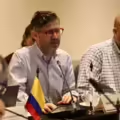
The session was also attended by representatives from the countries that make up the CELAC Troika—Uruguay, Colombia, and Honduras—along with Rodrigo Peñailillo Briceño, representative in Colombia of CAF–Development Bank of Latin America and the Caribbean, the entity that accompanied the process.
Santa Marta prepares to welcome leaders to the 2025 CELAC-EU Summit. Foto:Cancillería
In conversation with EL TIEMPO, Jaramillo assured that the declaration will take on a political tone addressing security, migration, human rights, and international cooperation.
“There are some cross-cutting issues, demands that some states have regarding peace and what is happening in the world. We will continue negotiating here on November 10. We are doing very well, sending and receiving versions from our European counterparts. It is normal that there are sometimes disagreements, and we will try to draft a statement that has sufficient political content,” he said.
CELAC summit takes place in Santa Marta. Foto:Cancillería colombiana.
These negotiations show why the CELAC-EU summit in Santa Marta is shaping up to be an opportunity amid a changing world. In that sense, the real challenge will be to turn words into real commitments.
Much of this task will fall to the Business Forum, where progress is expected to be made on investment projects, value chains, and technological cooperation. If these efforts are successful, the summit could give new impetus to the bi-regional relationship.
CAMILO A. CASTILLO - International Deputy Editor - X: @camiloandres894
JUAN PABLO PENAGOS - Political Editor
Editor's note: This text is an artificially intelligent English translation of the original Spanish version, which can be found here. Any comment, please write to berdav@eltiempo.com
More news
LEA TAMBIÉN
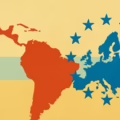
LEA TAMBIÉN
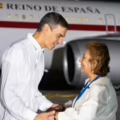
.png) hace 3 horas
1
hace 3 horas
1




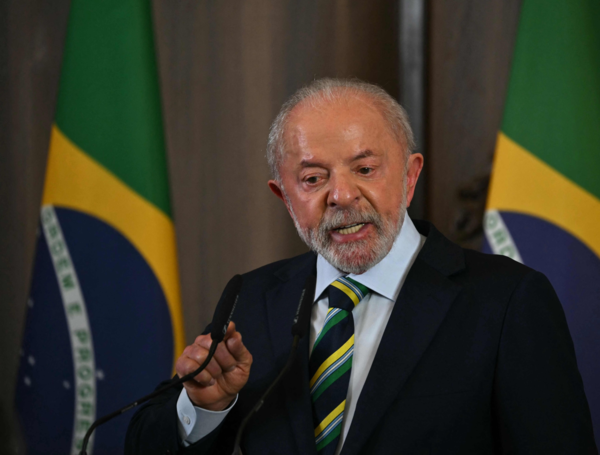
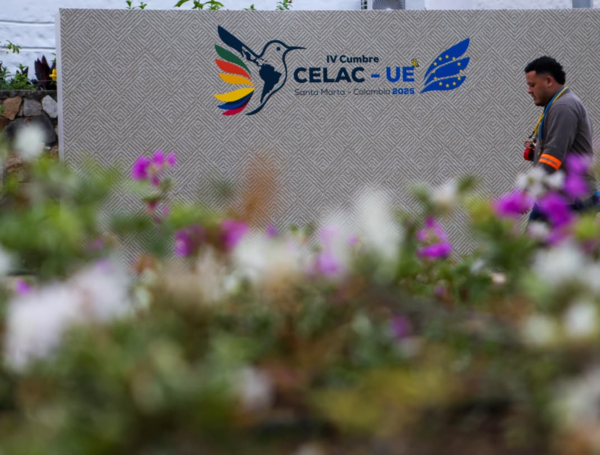

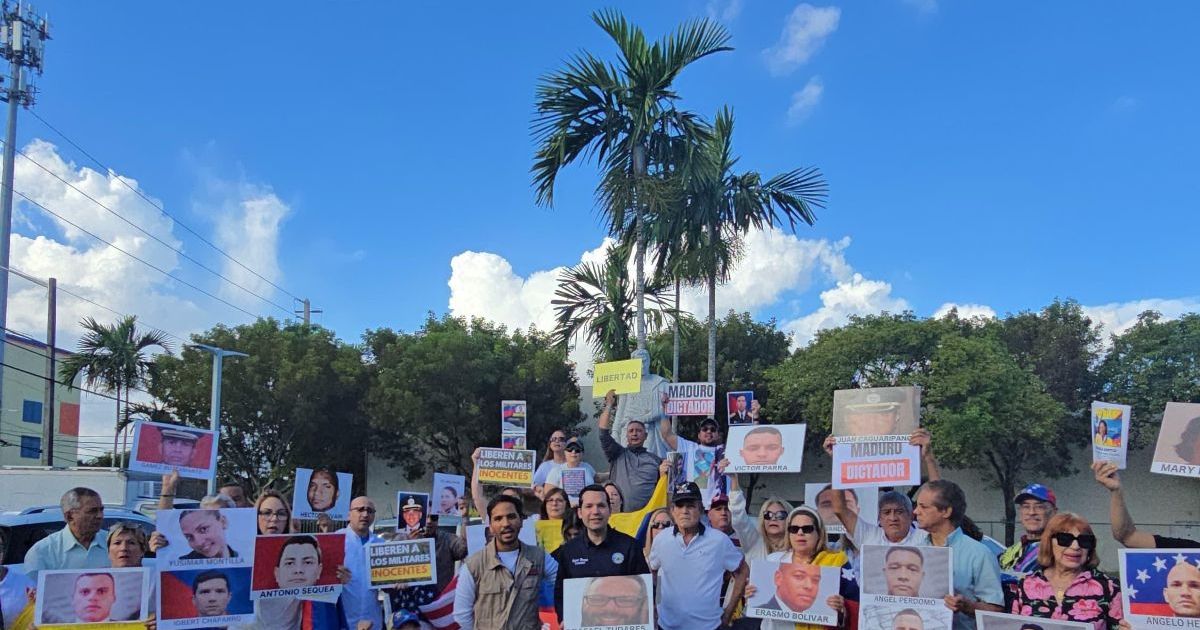
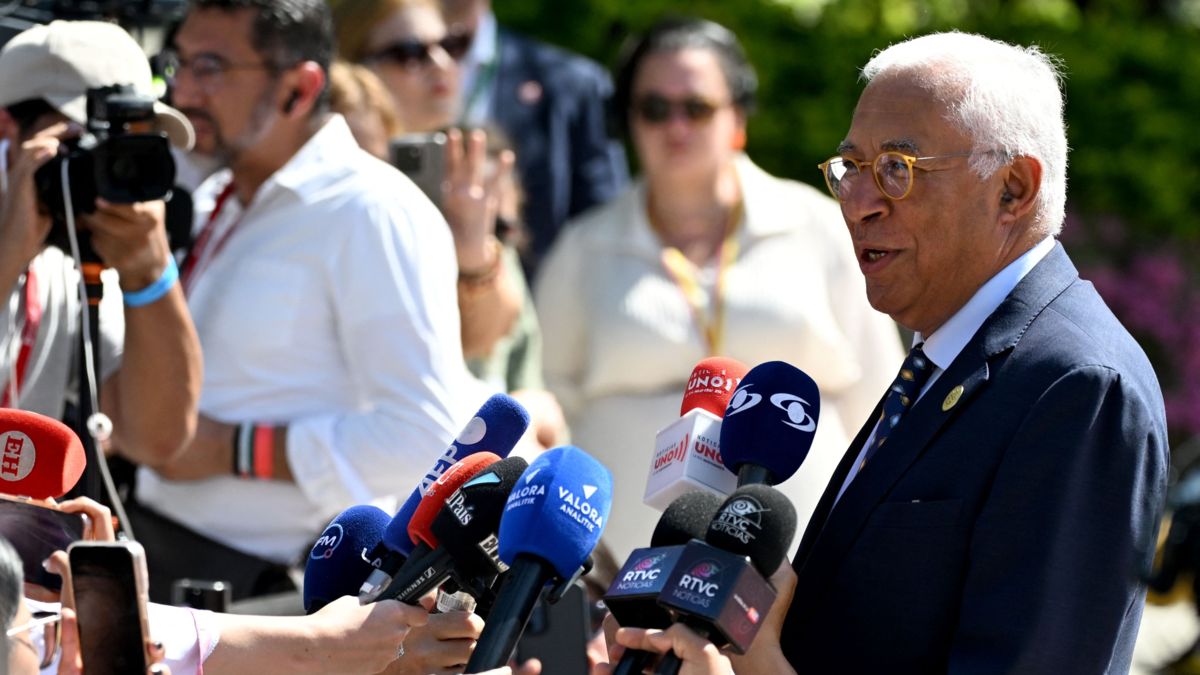
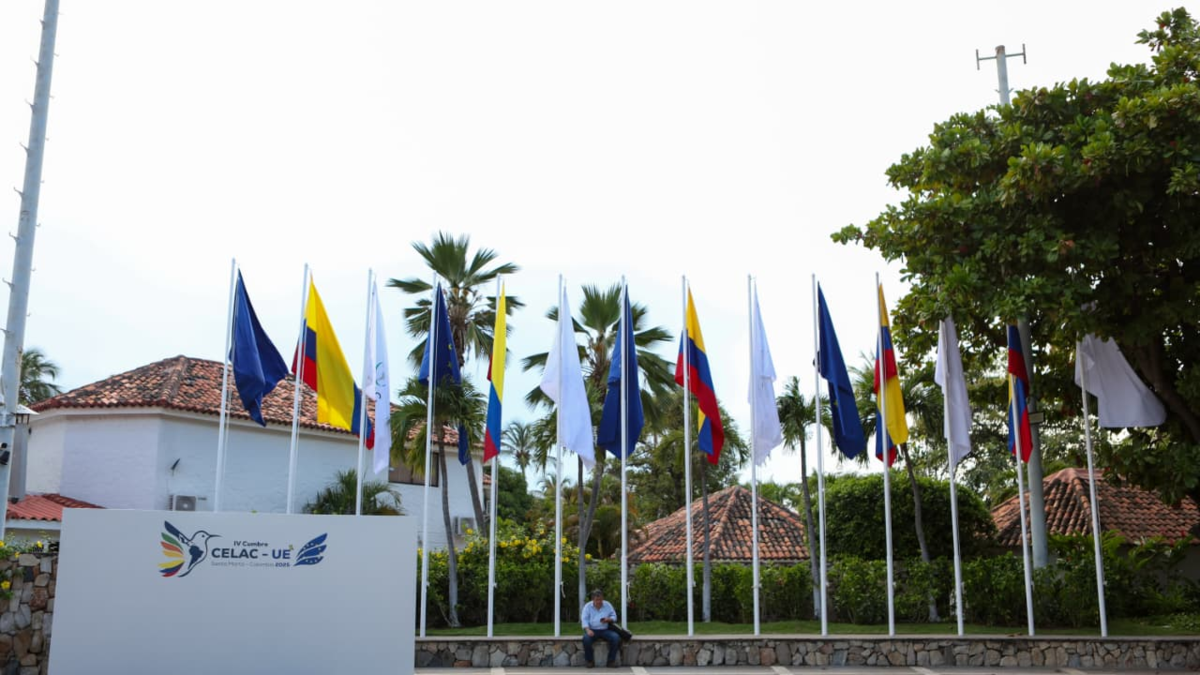
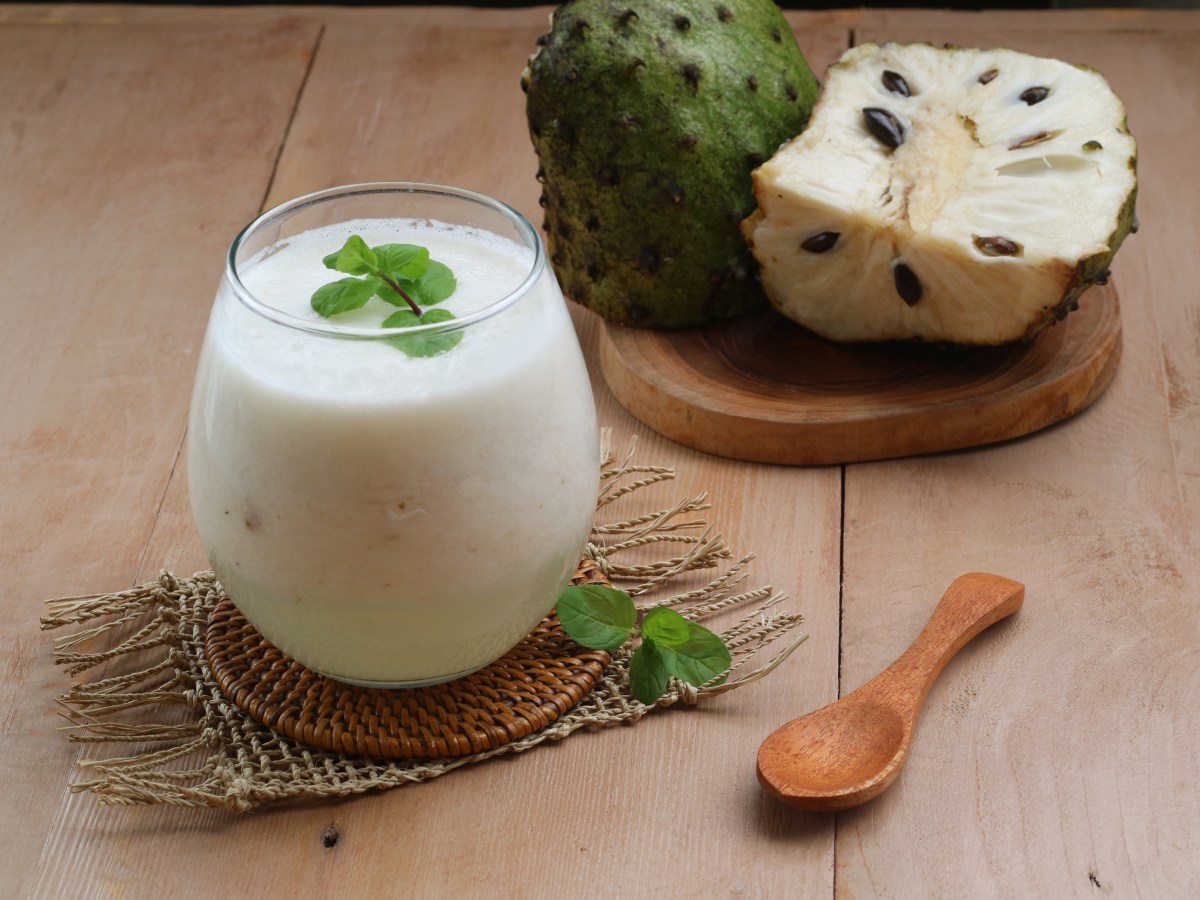



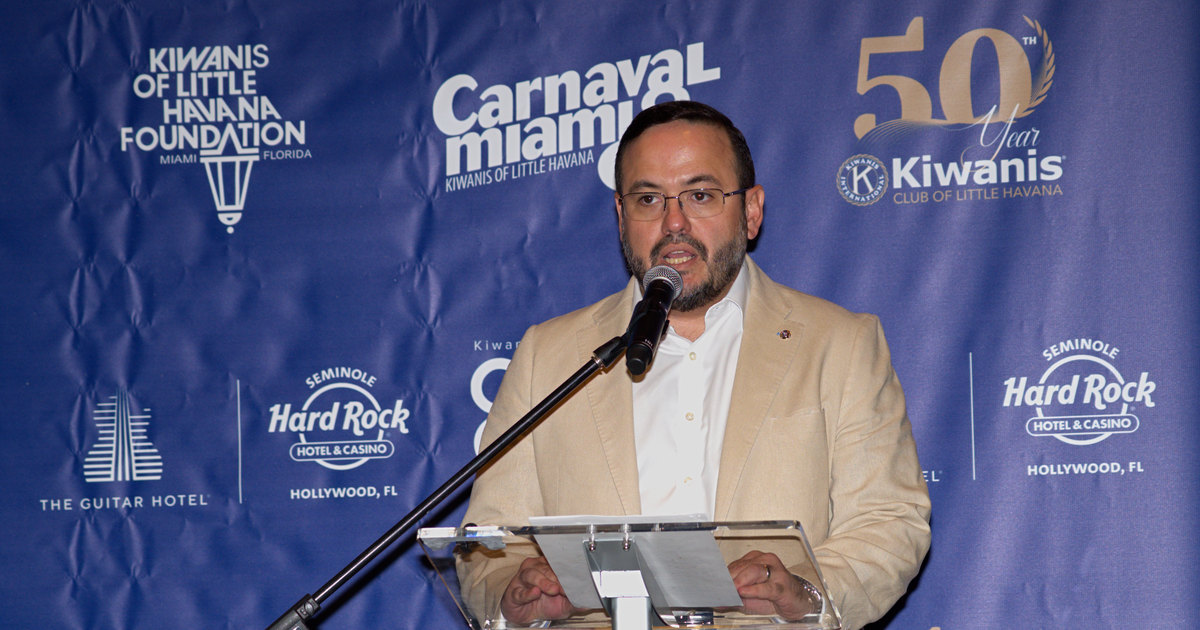
 English (US) ·
English (US) · 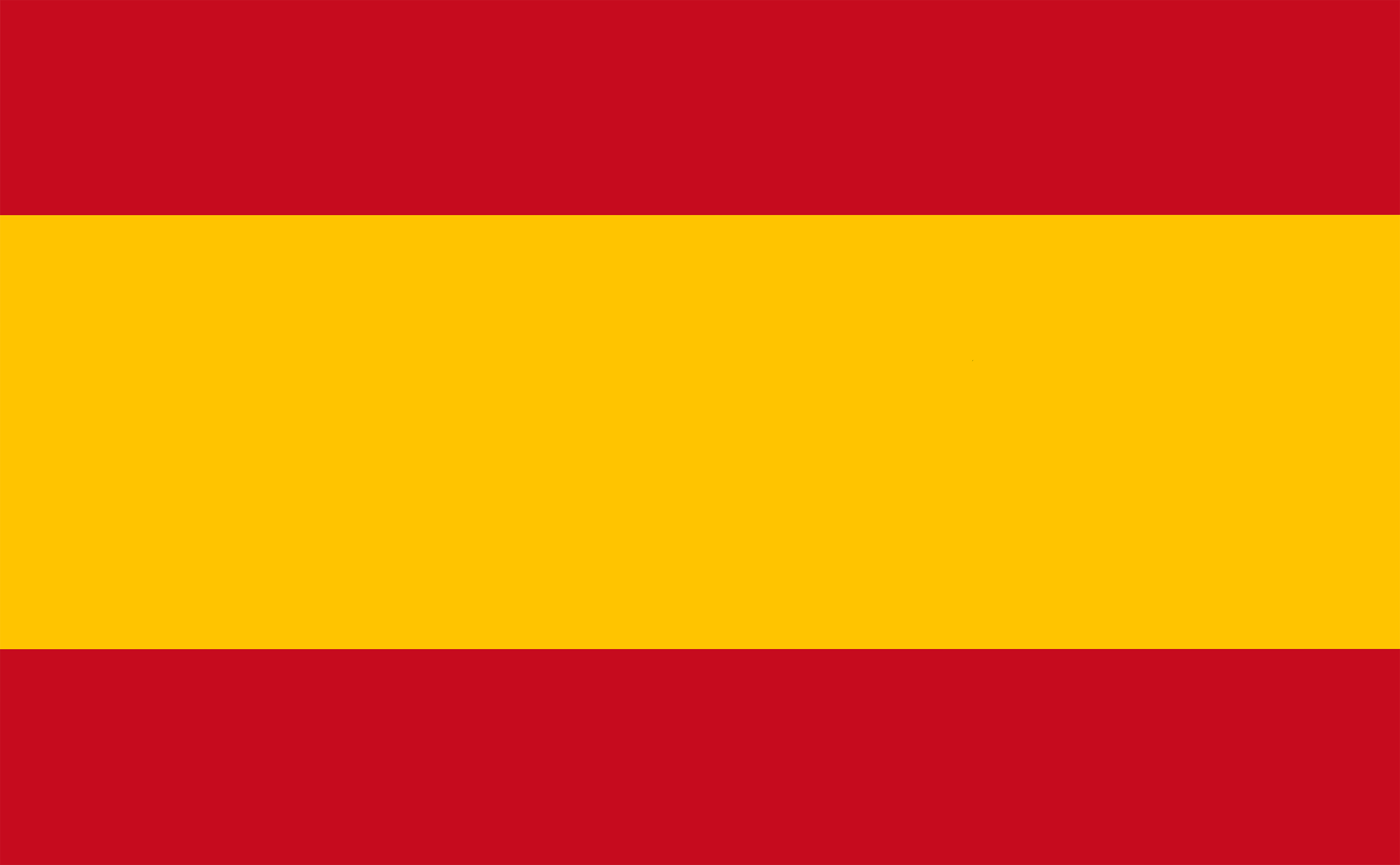 Spanish (ES) ·
Spanish (ES) ·